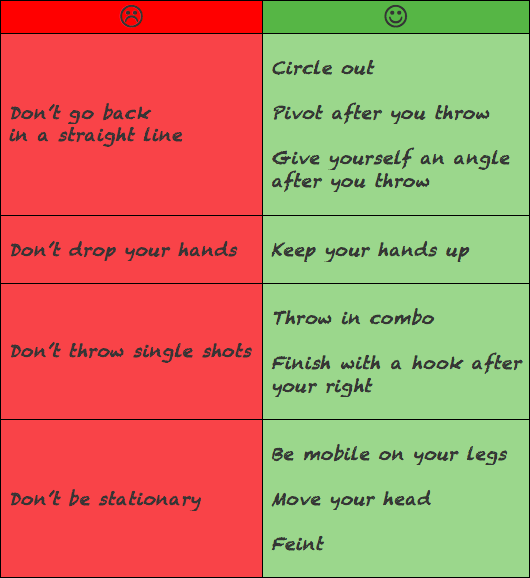Did you know that the brain doesn’t instantly understand the difference between yes and no? In fact, when we think or hear a sentence that contains a negative (e.g. don’t, not), our brain always starts by visualizing the idea before dismissing it.
If I say, for example, « Don’t think about a pink elephant, » you will most certainly think about… a pink elephant! However, if I say « Think about a tiger, » you will obviously think of a tiger (and the chances that you’ll think of a pink elephant are pretty slim)! 😉
The brain doesn’t understand negation
It’s a principle that can serve both athletes and coaches. Athletes who strive to think positively can greatly improve their performance – I’ll come back to that in my next article.
Coaches will be better understood by athletes if they formulate their instructions positively, since their comments will be more specific.
Let’s see some examples:

As you can see, a negative statement can often be translated positively in several ways. This shows that positive language is more precise: the emphasis is on the action to be taken.
In addition, an athlete who is in a « competitive state » will have a lower level of attention and assimilate less information. I encourage you to speak using short, positive sentences so that your message is better understood.

